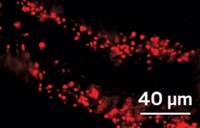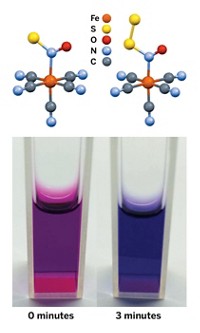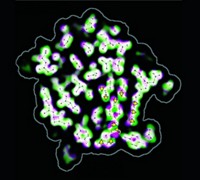Advertisement
Grab your lab coat. Let's get started
Welcome!
Welcome!
Create an account below to get 6 C&EN articles per month, receive newsletters and more - all free.
It seems this is your first time logging in online. Please enter the following information to continue.
As an ACS member you automatically get access to this site. All we need is few more details to create your reading experience.
Not you? Sign in with a different account.
Not you? Sign in with a different account.
ERROR 1
ERROR 1
ERROR 2
ERROR 2
ERROR 2
ERROR 2
ERROR 2
Password and Confirm password must match.
If you have an ACS member number, please enter it here so we can link this account to your membership. (optional)
ERROR 2
ACS values your privacy. By submitting your information, you are gaining access to C&EN and subscribing to our weekly newsletter. We use the information you provide to make your reading experience better, and we will never sell your data to third party members.
Physical Chemistry
Probing A Protein’s Elusive Chromophore
p-Coumaric acid study helps unravel the processes that drive a popular bacterial photoreceptor
by Elizabeth K. Wilson
April 26, 2010
| A version of this story appeared in
Volume 88, Issue 17
A study of p-coumaric acid reveals for the first time the spectral characteristics of this important chromophore (J. Am. Chem. Soc., DOI: 10.1021/ja101668v). The results begin to unravel the processes that drive the much-investigated photocycle of the bacterial photoreceptor known as photoactive yellow protein (PYP), in which p-coumaric acid plays a key role. Although chemists believe that the cycle begins with photoinitiated trans-to-cis isomerization of p-coumaric acid, that hypothesis has never been verified. Wybren J. Buma of the University of Amsterdam and colleagues have now used high-resolution excitation and absorption spectra coupled with density functional theory to show that the molecule does indeed undergo this transformation. The findings may “serve as an excellent point of reference for further elucidation” of the PYP system, and photosensory proteins in general, Buma and coworkers write.






Join the conversation
Contact the reporter
Submit a Letter to the Editor for publication
Engage with us on Twitter